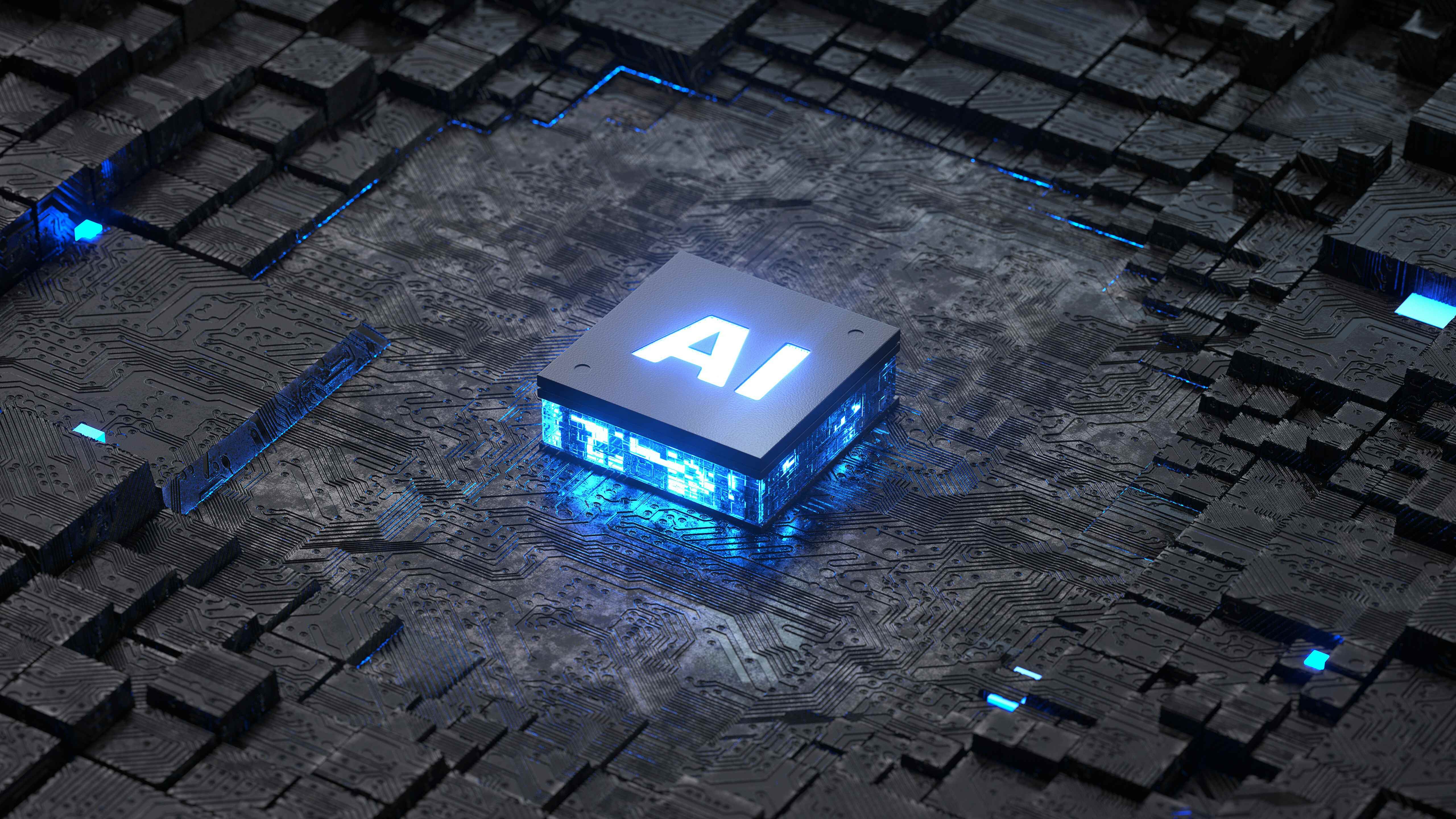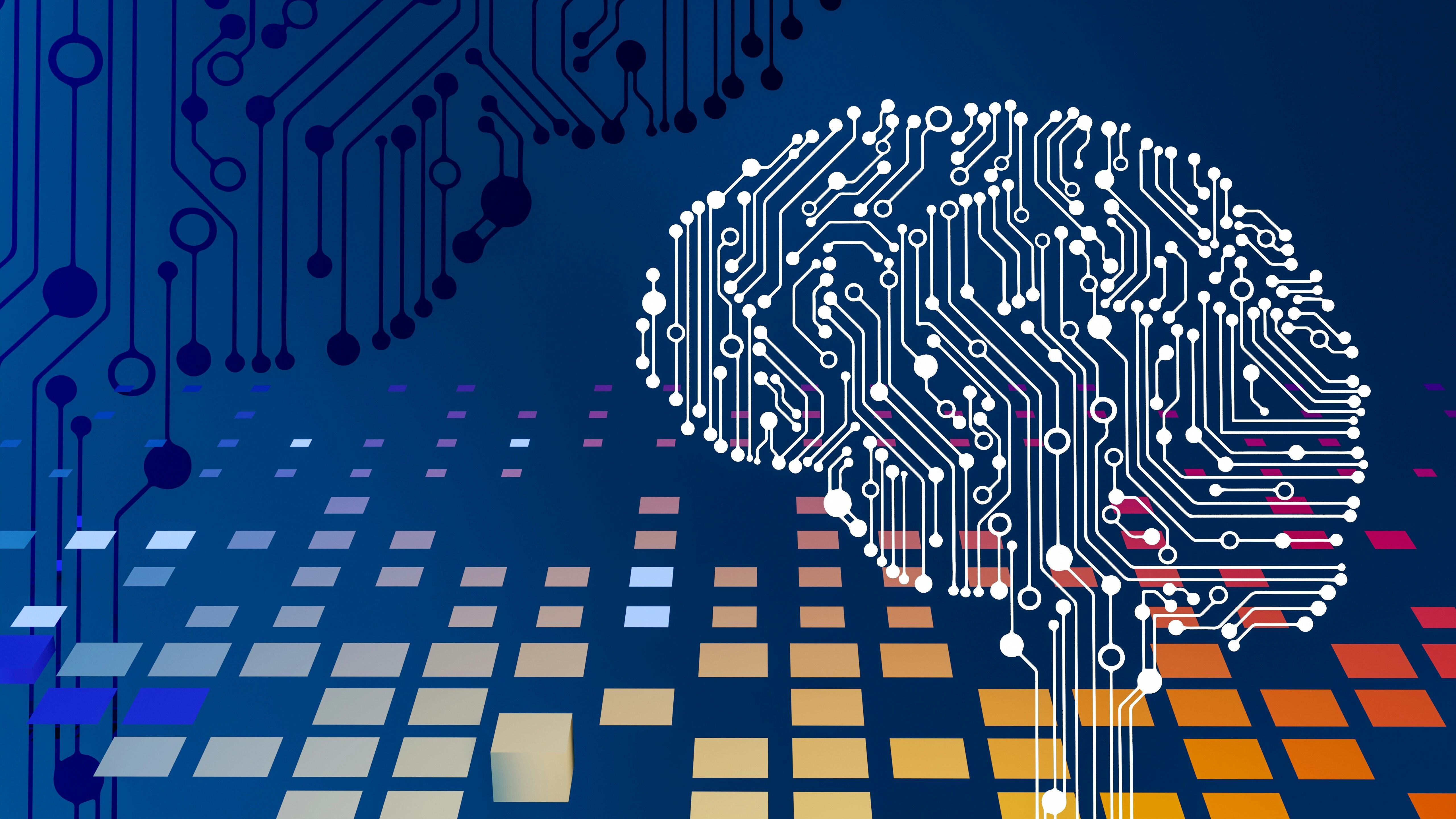How Software Development Trends are Reshaping Industries in 2024
13 Feb, 20244 minsAs industries evolve in response to technological advancements, software development stands ...

As industries evolve in response to technological advancements, software development stands at the forefront, driving innovation and facilitating positive change across various sectors. From empowering advancements in AI, machine learning, and cloud computing to developing global connectivity through communication networks and IoT ecosystems, software development continues to play a pivotal role in shaping the future of tech.
In this guide, we will uncover the software development industry's importance and explore the top software development trends of 2024 and their transformative impact on various sectors.
The Importance of the Software Development Industry
The software market is estimated to be valued at US $292.00bn in 2024 and is expected to grow at a CAGR rate of 5.27% between 2024 and 2028, leading to a market volume of US $858.10bn by 2028. This figure highlights the rapid growth of the software development industry and its continuous impact and importance in driving innovation and positive experience within the sector.
Here are some key examples of why software development is highly important within the tech industry:
1. Drives Innovation
Software development is the backbone of technological advancements, providing the framework upon which AI, machine learning, mobile apps, and cloud computing innovations thrive. Beyond its immediate applications, software development empowers many fields, driving advancements in virtually every sector and driving transformative change. For example, software development advancements in healthcare involve using AI to create accurate diagnostics and personalised treatment plans. AI advancements have revolutionised the Medtech sector, changing and improving many lives.
2. Positive Economic Impact
Software development has created a substantial positive economic impact across various sectors. For example, software development plays a pivotal role in job creation and is a significant source of employment. The industry propels economic growth, making substantial contributions to global economic expansion. Software tools are crucial in elevating productivity and efficiency across various sectors by automating tasks, streamlining processes, and enhancing overall operational effectiveness. Increased efficiency drives performance improvements, leading to further positive economic impact.
3. Connectivity
Software development is the fundamental building block for communication features such as email, social media, and video call apps, creating global connectivity. Software development advancements enable seamless data transmission between devices, establishing an extensive interconnected network. More recent advancements within the Internet of Things (IoT) facilitate the interconnection of billions of devices, enabling data collection, device interaction, and task automation, leading to positive user experience and international connectivity.
Now that we have uncovered the fundamental importance of the software development industry let’s examine the top software development trends that will shape the tech industry in 2024.
The Top 4 Software Development Trends of 2024
As new trends in software development continuously rise, the demand for software developers is also rapidly increasing. According to recent research, the total number of global software developers is set to reach 28.7 million by the end of 2024. This figure highlights the rising demand for talent in software development and the expanding global influence of software across multiple sectors.
This statistic also demonstrates the importance of staying educated and aware of new software development trends and technological advancements to remain at the forefront of the industry, ahead of competitors. So, let’s explore the current software development trends and their impact on the industry:
1. Artificial Intelligence (AI) and Machine Learning (ML)
In 2024, artificial intelligence and machine learning will continue to dominate the software development industry, where new software development trends are pivotal in shaping the tech industry across multiple sectors, from automation in manufacturing to healthcare and the medtech industry. In this rapidly evolving digital era, understanding why AI and ML are prominent trends in software development is essential for software developers to drive innovation and stay ahead in their careers in an increasingly competitive market.
Take a look below to discover the key ML and AI software development trends of 2024 and how they are impacting various sectors in the tech industry:
- Natural language processing - By enabling machines to understand and process human languages, this AI software development trend has enhanced user experience through virtual assistants and voice-controlled devices to streamline workflows with automated tasks and predictive analysis. This new software development trend is applicable across various sectors, from retail in enhancing chatbot assistance to the media industry for sentiment analysis and producing personalised content recommendations.
- Ethical AI - The introduction of Ethical AI has massively improved adherence to ethical principles. AI frameworks align with existing data privacy regulations, reducing the risk of bias and privacy violations and avoiding negative business reputation and legal action. Some applications of ethical AI include ethical credit scoring for financial institutions, preventing bias and negative content on social media, and ensuring data privacy and patient confidentiality in healthcare.
- No-code machine learning - Implementing no-code programming means professionals with limited technical backgrounds can easily build machine learning models. Pre-built models and algorithms streamline automation tasks such as text analysis. For example, this AI software development trend is massively beneficial within the healthcare sector for analysing medical images and the marketing sector for predicting campaign performance and optimising content.
- Multimodal AI - The utilisation of Multimodal AI can provide personalised recommendations through technology interactions across various channels, such as voice and gesture recognition and touch interfaces. Multimodal AI has applications, such as in the industrial automation industry, where robotics can respond to visual and audio information, and in the healthcare industry, to analyse medical images by implementing voice commands to create accurate diagnostics and personalised treatment.
2. The Rise of Blockchain Technology
As we move through 2024, blockchain continues to be one of the most significant software development trends within the tech industry. Blockchain technology effectively organises data into decentralised systems built to be protected against hacking, where no single authority controls the network, making it almost impossible for cybercriminals to access. Blockchain also offers unmatched security through cryptography for financial transactions, managing healthcare records, and voting.
According to research, the international blockchain technology market was valued at USD 17.46 billion in 2023 and is projected to expand at a CAGR rate of 87.7% from 2023 to 2030. This figure highlights the rapid growth of blockchain technology and its broad utilisation across global businesses.
Here are some examples of specific blockchain software development trends of 2024:
- Decentralised applications - In addition to cryptocurrencies and digital tokens, blockchain is fueling creative decentralised applications (dApps) in finance and gaming, alongside various other industries. This is significantly driving developer engagement and becoming increasingly appealing to users.
- Central bank digital currencies - The government and central banks are beginning to invest in blockchain-based digital currencies, which could potentially bring huge benefits to financial infrastructure and global payments. For example, blockchain software development provides huge advantages, such as reduced financial crime, enhanced security, and streamlined cross-border payments.
- Non-fungible tokens - NFTs are distinctive digital assets fundamentally built on blockchain technology that cannot be replicated. New blockchain software development advancements mean NFTs can be used in game development software for virtual trading cards, offering resale opportunities in concert tickets and providing a transparent and verifiable ownership record of digital assets.

3. Cybersecurity and Cloud Computing
In the tech industry, the collaboration between cloud computing and cybersecurity has emerged as a pivotal force in reshaping the field of software development. As organisations transition their operations to the cloud, cybersecurity has become essential in protecting and guarding against evolving cyber threats. Cloud computing enhances the agility and efficiency of software development and offers beneficial cybersecurity measures. Staying abreast of the integral role of cloud computing in advancing cybersecurity becomes crucial for software developers in 2024.
Here are some of the new trends in software development concerning cybersecurity:
- Hybrid Data Centres - Hybrid data centres offer organisations enhanced flexibility in customising their environments to align with their infrastructure and security requirements. For instance, they can opt to host sensitive data and applications on-premises while leveraging the scalability of the cloud for other resources. These assets can seamlessly transition between on-premises and cloud environments as necessary through this interconnected infrastructure, enhancing overall security protection.
- Cloud-native application protection platform (CNAPP): CNAPPs design and enhance security solutions by effectively merging various capabilities into a single solution. By combining multiple capabilities, CNAPP offers substantial assistance in tackling security sprawl within the cloud and enhances the ability of security teams to efficiently monitor and protect their cloud-based applications from cyber security threats.
- DevSecOps and Team Health Checks - This asset involves implementing security features throughout the software development cycle, managing cyber security vulnerabilities early on in the process, and automating threat detection tasks. Health checks also regularly assess software, highlight strengths and weaknesses and promote continuous improvement to reduce cyber security attacks. DevSecOps and health checks are pivotal 2024 software trends that developers must acknowledge.
4. Expansion of IoT (Internet of Things)
As technology progresses, the importance of IoT becomes more apparent, providing unmatched opportunities for innovation and efficiency across multiple sectors. Whether in smart homes and cities or industrial automation and healthcare, IoT uses technology to share data between devices to open up boundless avenues to boost productivity, enhance decision-making, and optimise resource allocation.
Take a look below to discover some of the most prominent software development trends and applications of IoT in 2024:
- Data analysis - IoT technology is beginning to increase data volume analysis, where IoT sensors are used to collect vast amounts of real-time data from multiple sources, offering a detailed analysis overview of connected devices and different environments. IoT advancements also enable the analysis of data variety, such as sensor readings, audio, and images, creating a more holistic approach to comprehending complex software systems, which is highly beneficial to software developers within the field.
- Infrastructure - Real-time data monitoring can easily detect potential issues, such as cracks and corrosion, through the use of embedded sensors within roads, buildings, and other infrastructure. IoT technology is also being used to optimise water and power grid usage and implement a traffic management system where connected vehicles gather data, providing insights into the traffic flow and enabling adjustments to routes and congestion management.
- Automation - One of IoT's main software development trends is its impact on the automation industry. IoT technology collects and analyses sensor data and uses algorithms to predict potential machinery faults, ensuring a streamlined operation and reducing equipment failure risk. Data-driven insights can also be used for real-time monitoring and optimisation of production processes.
- Healthcare - IoT gadgets used within healthcare are revolutionising the detection and diagnostics of diseases, patient monitiorisation, and predictivity. For example, IoT enables the development of wearable devices and smart sensors to monitor things like heart rate and blood pressure, monitor illness, and detect potential issues early on. The introduction of telemedicine also enables virtual consultations with medical professionals, which significantly improves care access.
To learn more about the essential skills every software developer should acquire in 2024 to keep up with software development trends, discover our insightful guide - The Essential Skills Every Software Developer Should Have in 2024.
Final Thoughts on 2024 Software Development Trends
The software development industry in 2024 is marked by unprecedented growth and innovation, driven by transformative trends that are reshaping industries across the globe. The significance of the software development industry cannot be overstated, as it serves as the backbone of technological advancement and fosters positive economic impact. From driving innovation through AI and machine learning to enhancing global connectivity via IoT ecosystems, software development continues to play a pivotal role in driving positive change and facilitating growth across various sectors.
The top software development trends of 2024 underscore the importance of staying educated and versatile in a rapidly evolving field. AI software development and machine learning dominate the scene, revolutionising sectors such as healthcare, manufacturing, and finance with advancements in natural language processing, ethical AI, and no-code machine learning. Blockchain software development is also experiencing widespread adoption, offering enhanced security and transparency in financial transactions, digital asset management, and decentralised applications.
The integration of cloud computing and cybersecurity is reshaping software development practices, with trends like hybrid data centres, cloud-native application protection platforms, and DevSecOps driving innovation and efficiency in safeguarding digital assets.
As we move forward, it's imperative for software developers to remain proactive in acquiring essential skills and staying abreast of new trends in software development to stay competitive in the industry. By embracing innovation and leveraging cutting-edge technologies, developers can harness the transformative power of software to drive positive change and shape the future of the tech industry in 2024 and beyond.
Aligning Top Talent in Software Development to Global Businesses
Whether you are a candidate searching for your next software developer role or a business looking for your next hire in software development, we have a team of specialist recruiters who can help you achieve your goals. Our expert team invests time in understanding your career aspirations, values, and goals. Our extensive global network gives us the resources to meet your needs.
Contact us today to discuss your requirements.





